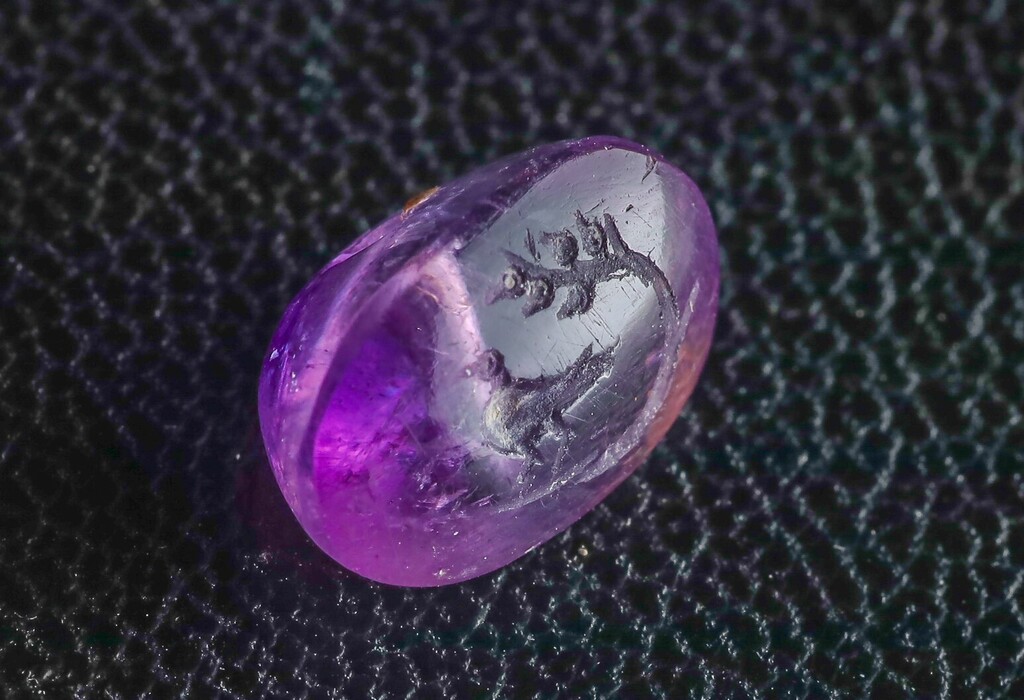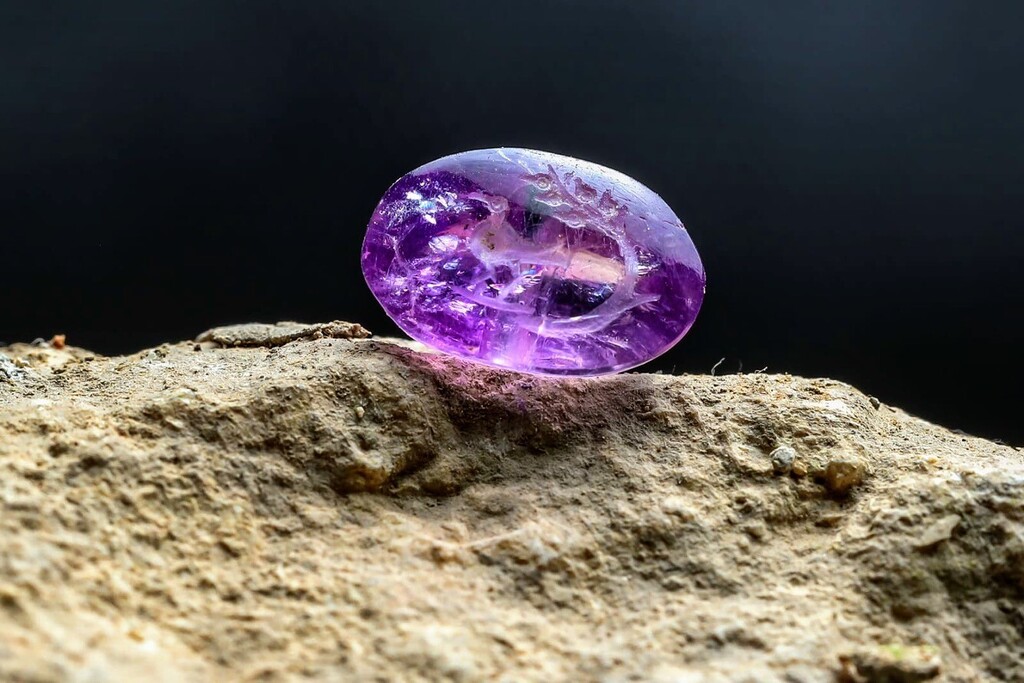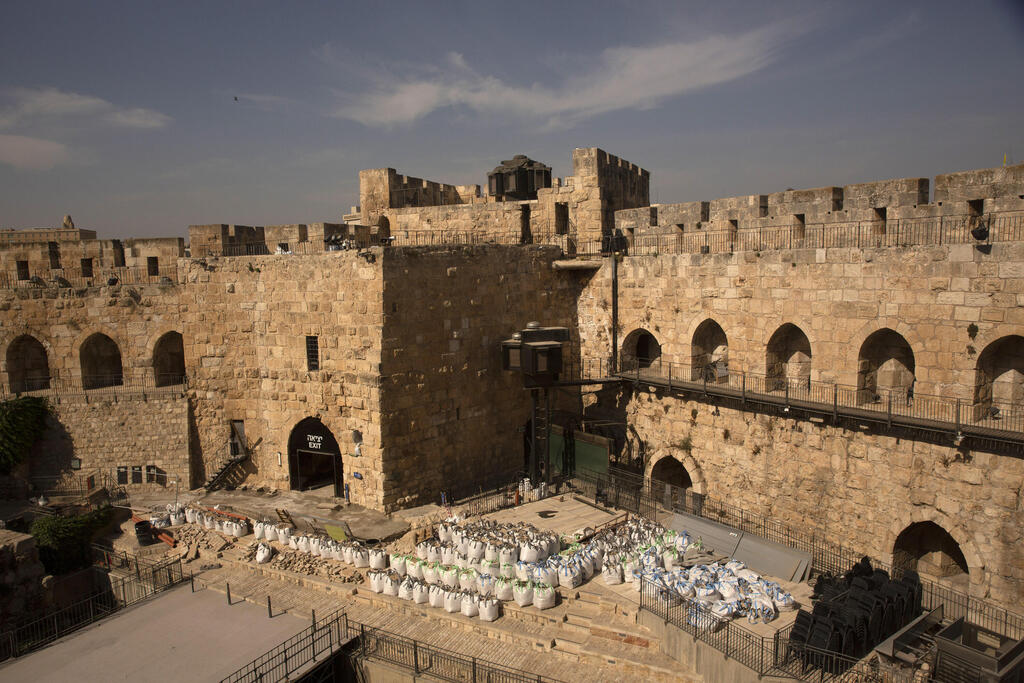A unique second Temple-era seal, the first of its kind to be discovered, was recently recovered during a dig conducted along the foundation stones of the Western Wall, north of the City of David in Jerusalem.
The impressive seal, worn as a ring, bears the image of a bird, probably a pigeon, next to a branch that apparently depicts the persimmon perfume plant, one of the ingredients of the incense produced for the Temple, and a plant used to produce medicines, ointments, and perfumes.
3 View gallery


The amethyst seaך bearing an image of a pigeon and a persimmon plant
(Photo: City of David)
The oval seal, made of amethyst in shades of purple and lilac, is 10 mm in length, 5 mm in width, and its thickness is 7 mm, and bears an image of a pigeon and a persimmon plant - marking the first such find in the Temple Mount area.
Archaeologist Eli Shukron, who conducted the excavation on behalf of the Israel Antiquities Authority and the City of David at the Western Wall, explained that “this is an important find because it is the first time a seal has been discovered in the world with a description of the precious and famous plant on which we could only read in sources and historical descriptions.”
3 View gallery


The amethyst seaך bearing an image of a pigeon and a persimmon plant
(Photo: City of David)
According to the researchers, “towards the end of the Second Temple period, the use of stone seals expanded and became more common, but in most stamps discovered so far with plant descriptions, it is common to find plants that were common in the Land of Israel at the time: vines, dates and olives, which belong to the seven species”.
“Examining the seal, we immediately noticed that the fruit that appears on it is unlike any of the fruits we have encountered to date,” said Professor Shua Amorai-Stark.
"The dove is a positive motif in the Hellenistic, Roman and Jewish worlds. It symbolizes wealth, happiness, goodness and success," the professor added, noting that the engraving on the seal can attest to the identity of the person who wore the ring.
“If it is indeed the famous and expensive persimmon fruit, then it is likely that the seal owner was a Jew with means, since the production and trade that took place around the persimmon plant was controlled at that time by Jews living in the Dead Sea basin, where the fruit was grown."


